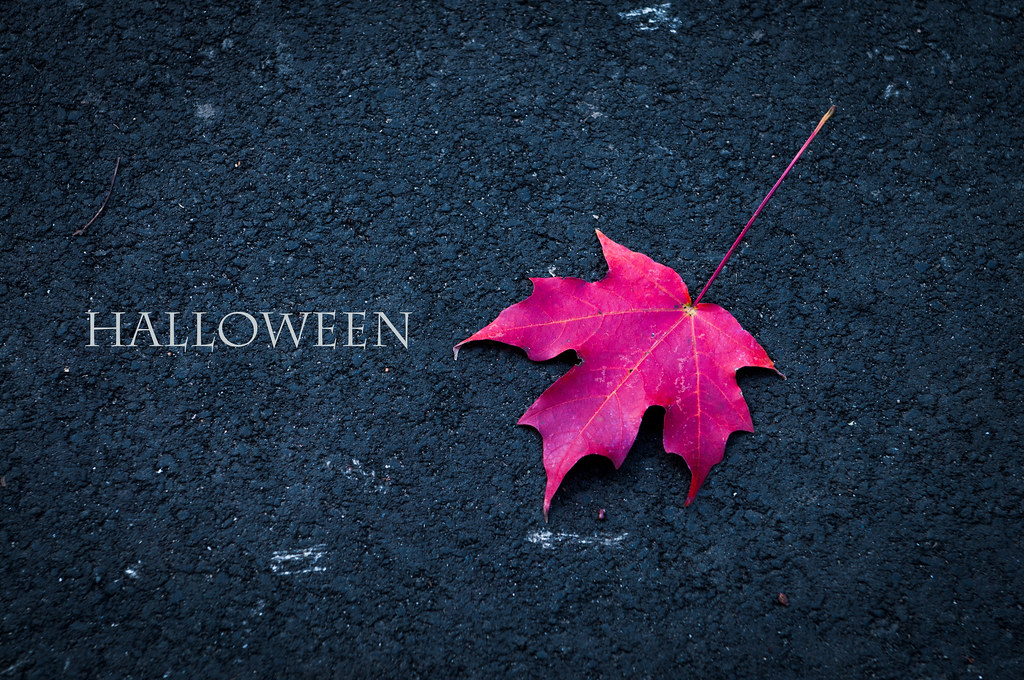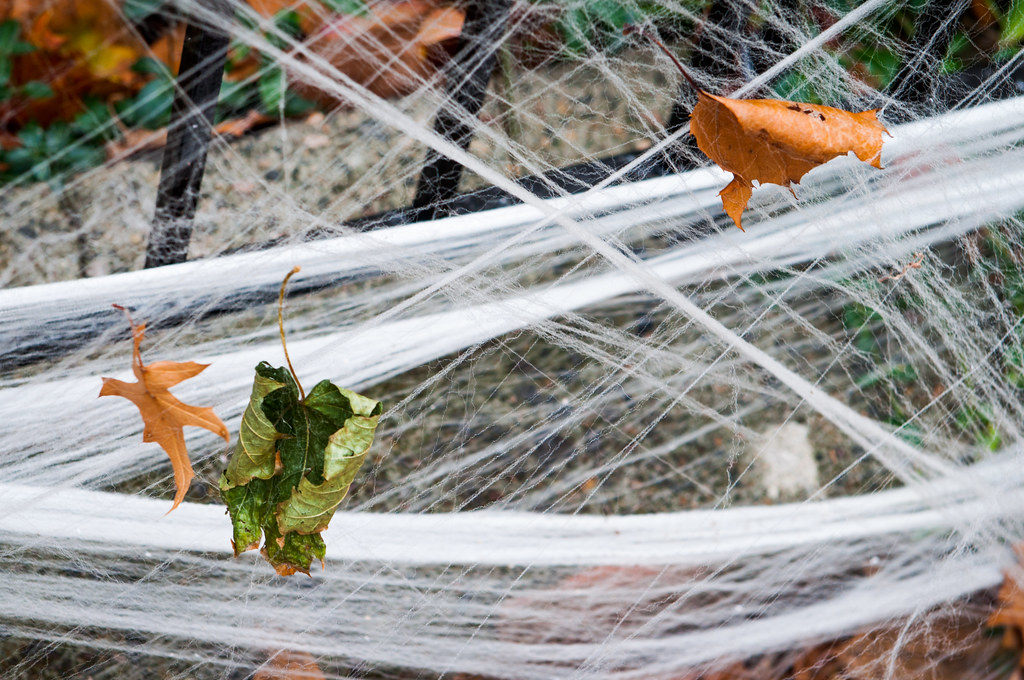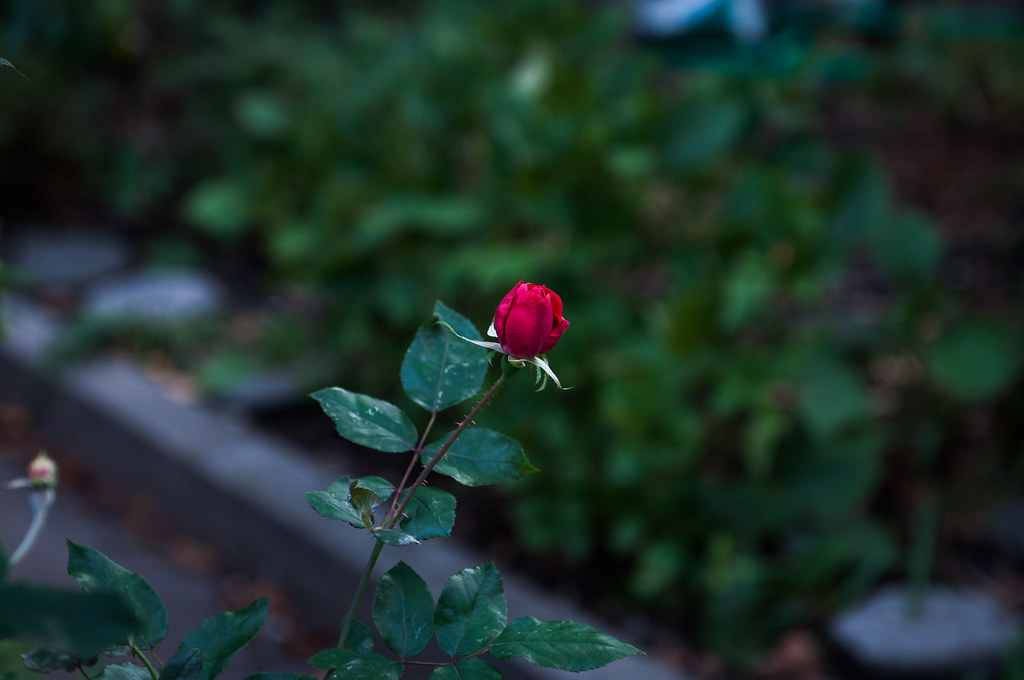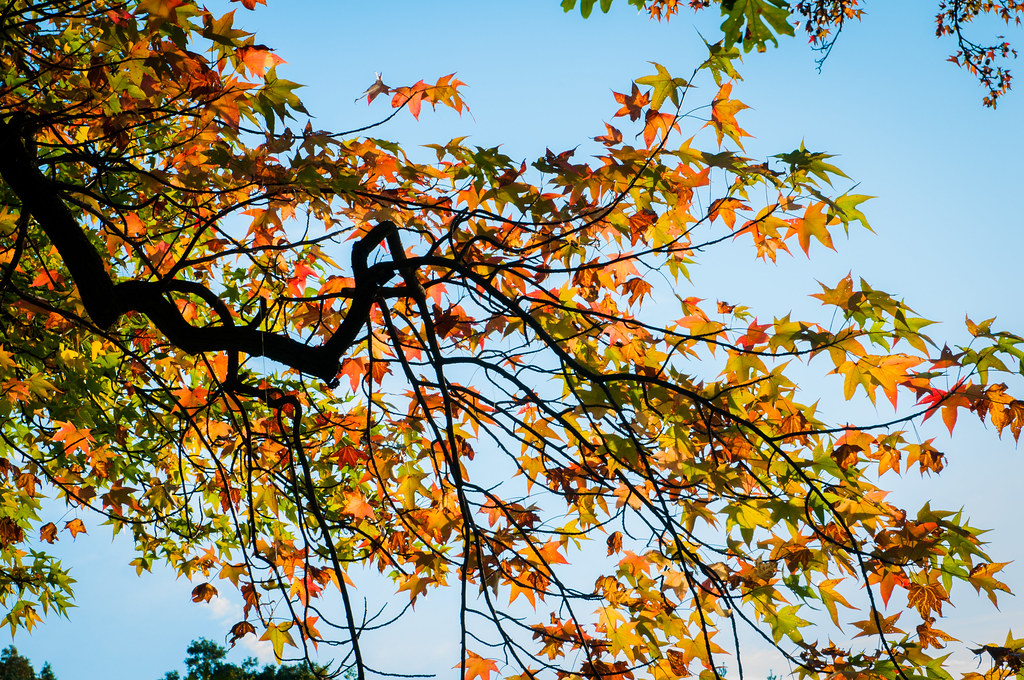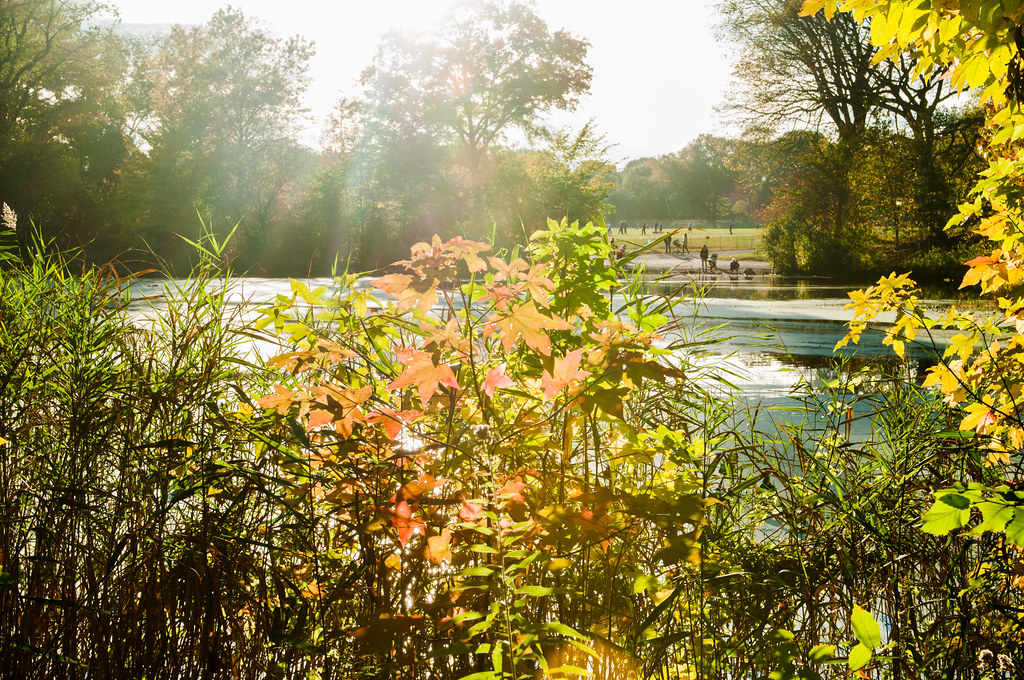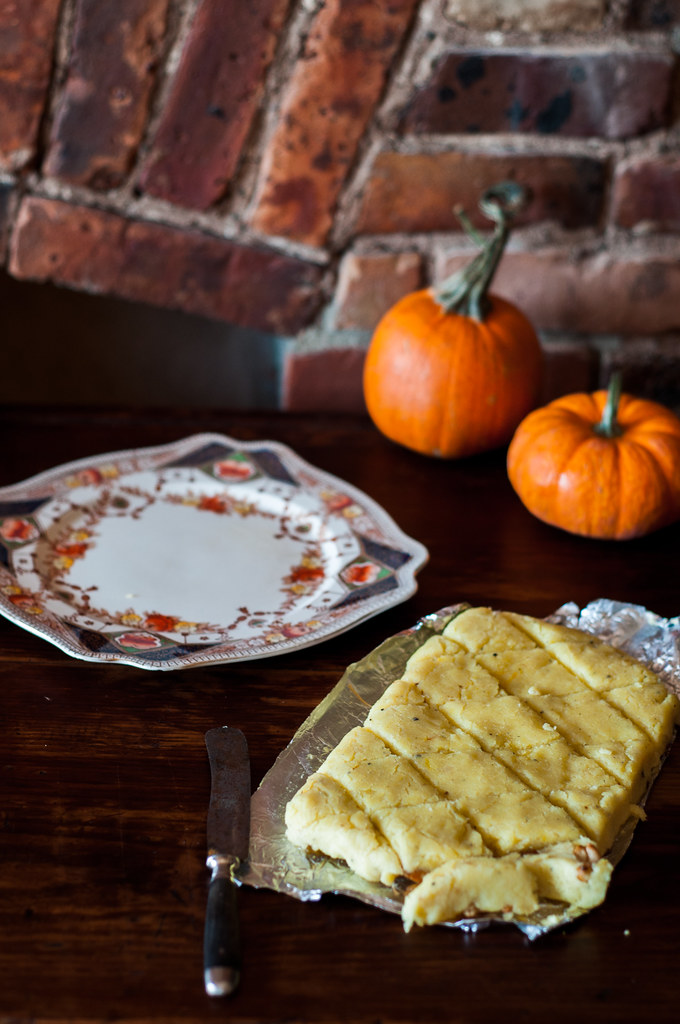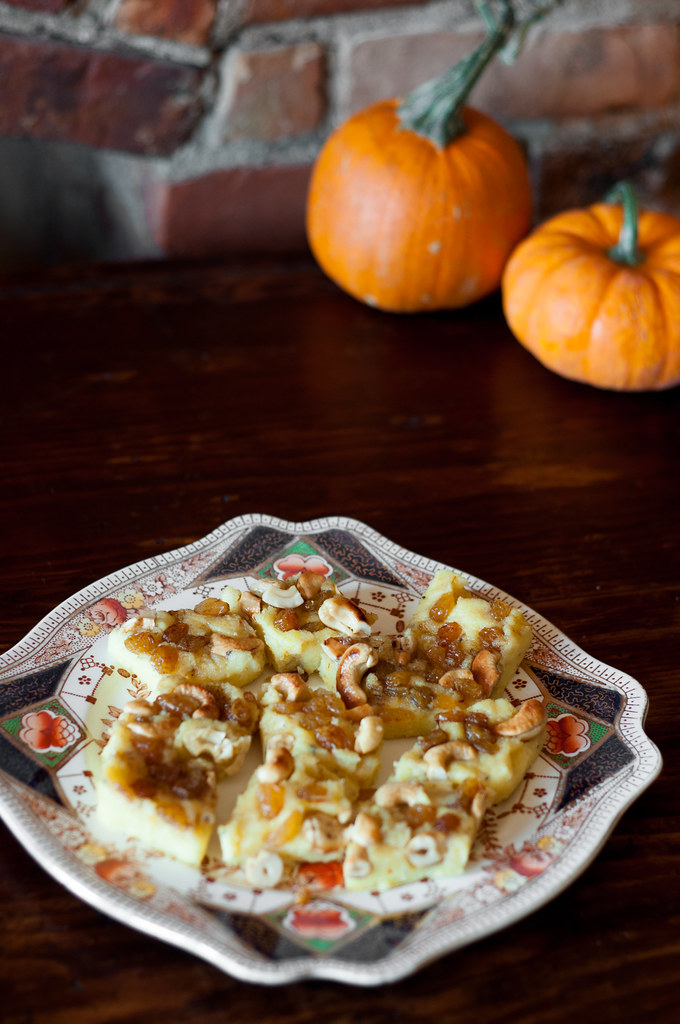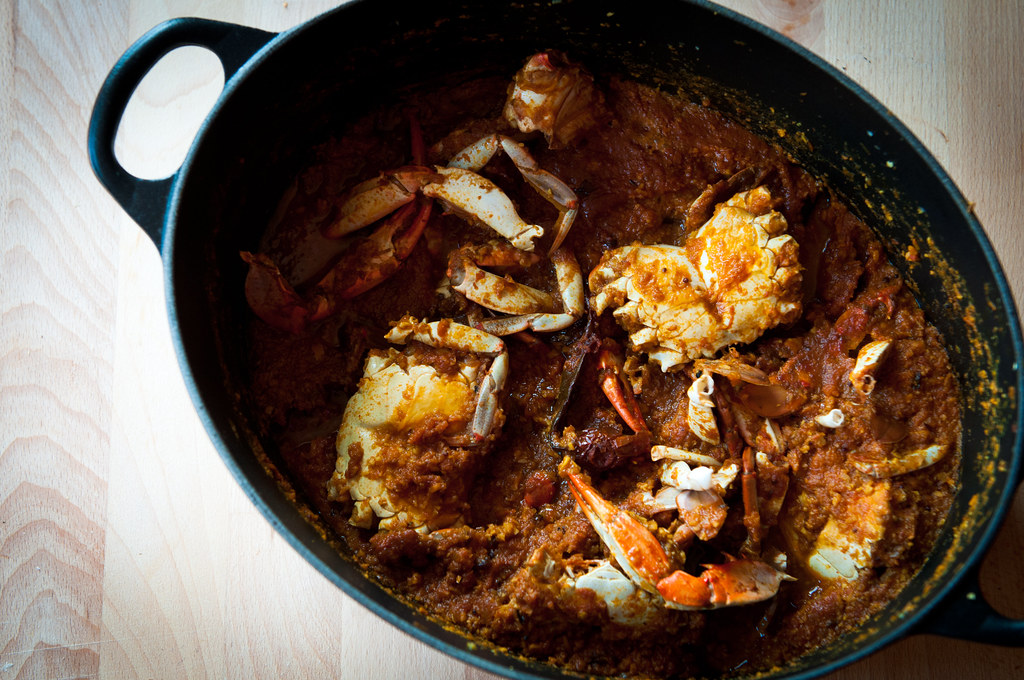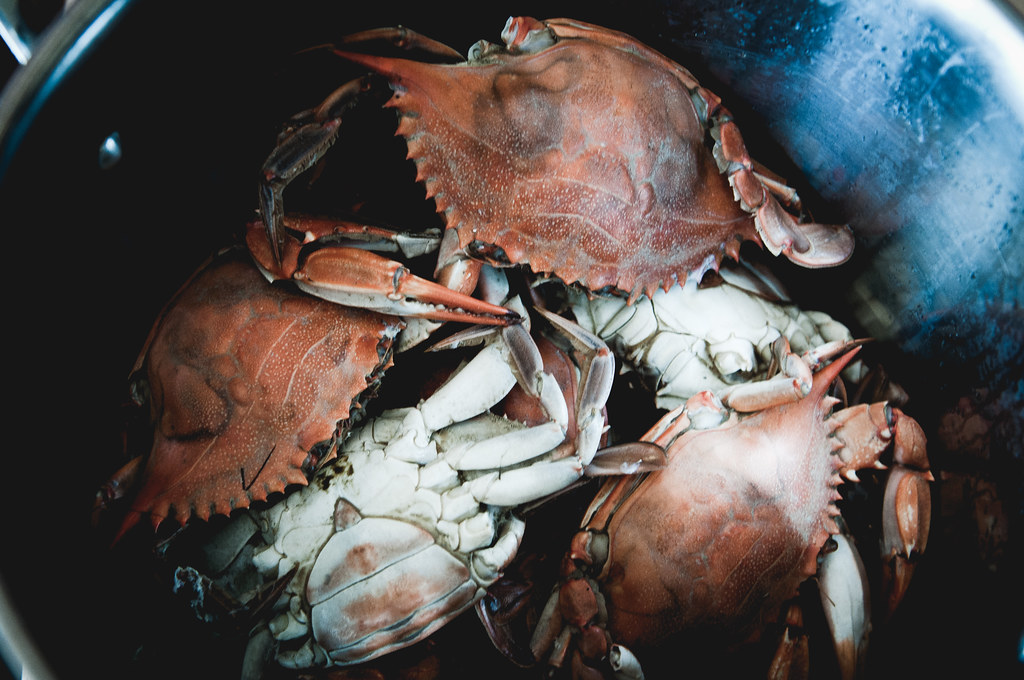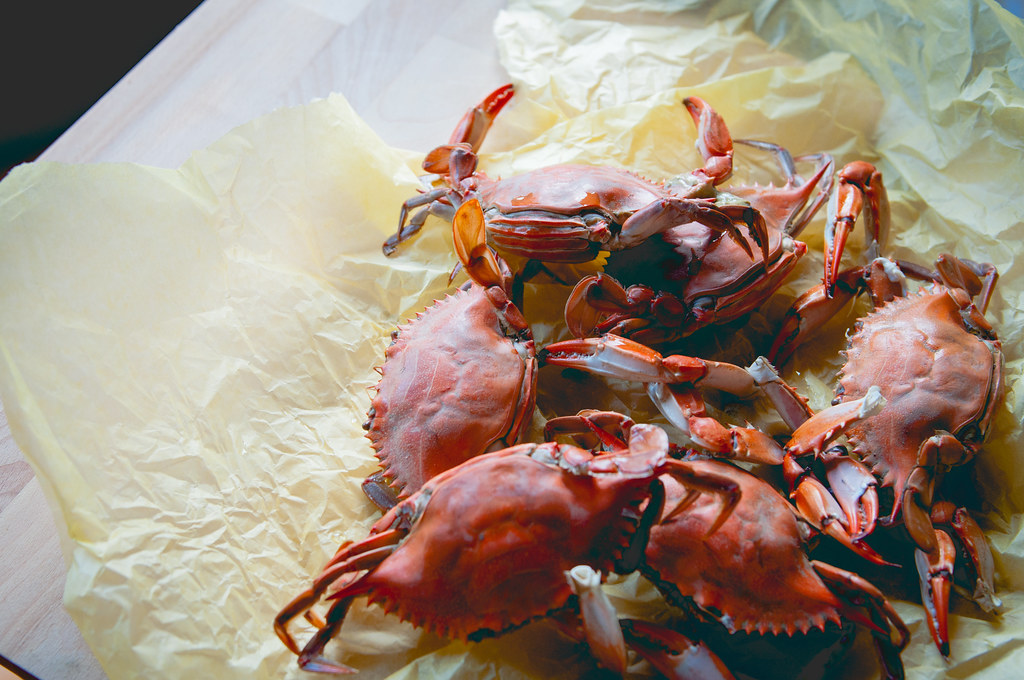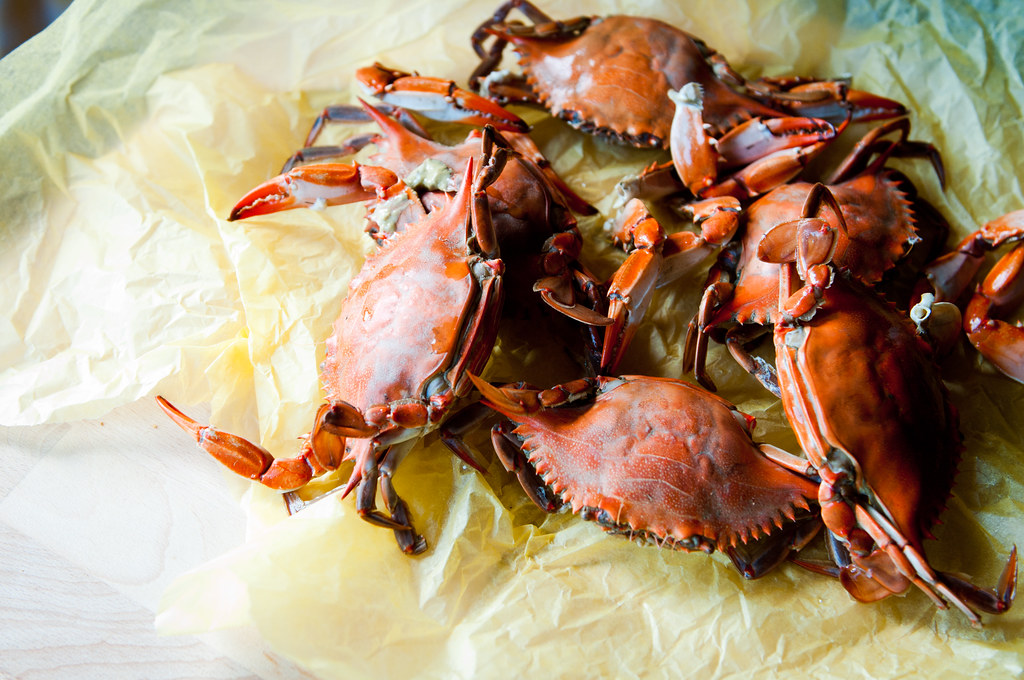So, now that I am all set with what I wanted to cook, the first thing to do is to, ahem, 'truss' the crabs. That is to say, kill them. The fastest and, I hold, most humane, way of doing that is immersing in hot boiling water, any liquid actually (like crab boils). They die in seconds and the boiling liquid also helps in sterilizing.
Now, here the adventure begins.
As I was tipping the paper bag into the pot, the soggy bottom literally split on me, spilling the crabs on the kitchen floor by my foot. Ok, I am not proud of what happened next. But, it is important to get it out, I have told.
Well, I squealed. Like a little girl. None of that suaveness of a refined cook or just a mature woman. Nope. Just a 5 year old's ear piercing scream as I hopped about, running away from the damn creatures while trying to not step on them for fear of either crushing them or being snapped by their pincers.
A moment later, I was far away from them but there were crabs on the floor. To the rescue came the man. Thank God! In momentary sanity, I grabbed a pair of tongs and promptly handed it over to him, with a beseeching look.
The crabs had by this time formed themselves into a wide triangle configuration. Seriously, it was amazing to watch. The corner point was clearly the leader. One of them even turned over and showed its belly. You would think that one would be easy to pick up? Oh no! If you made a move to that one, the leader came scrambling to attack. So, the thing, you had to fight that one.
What a valiant general she was (all my crabs were female as it turned out)! She stood on her hind 4 legs, with her pincers warningly raised in a hover, quick to snap at anything moving within reach, eyes popping out of the socket and very wary of the surrounding and the man with the tongs. Have you ever paid attention to a crab's eyes? I had the opportunity to observe them deeply for a full 5 minutes!




